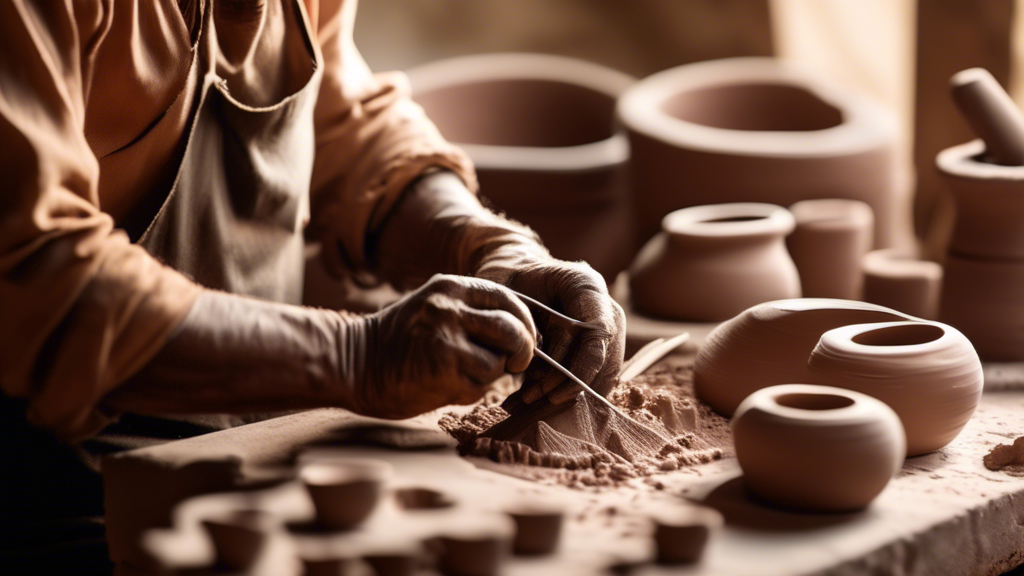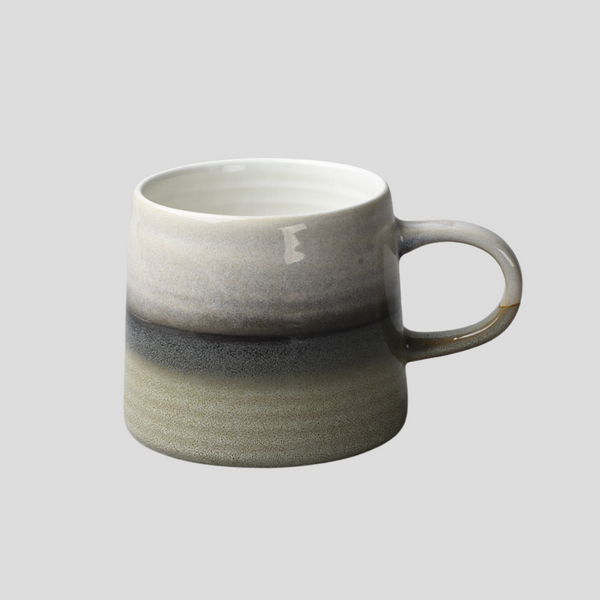
Mastering the Art of Cutting Clay with Wire
Mastering the Art of Cutting Clay with Wire
When it comes to sculpting with clay, precision and finesse in every technique can radically transform the outcome of your work. Among the myriad of skills pivotal for potters and clay artists, mastering the art of cutting clay with wire stands out for its importance in both preparing the clay for use and in creating specific designs or effects within the artwork. This article aims to guide beginners and experienced sculptors alike through the process of effectively using wire to cut clay, detailing tools, techniques, and tips to enhance your sculpting projects.
Choosing the Right Wire
Before you plunge into the process, selecting the appropriate wire for cutting clay is crucial. Generally, there are two types of wires used in pottery and sculpting:
- Nylon-coated wire: This is softer and typically used for cutting smaller pieces of clay. Its coating prevents it from sticking to the clay, making it easier to handle.
- Stainless steel wire: More suitable for slicing through larger blocks of clay, stainless steel wires offer durability and resistance against corrosion. They come in various thicknesses and can be used for both soft and harder types of clay.
Preparing Your Clay
Before cutting, ensure your clay is at the right consistency. Ideally, the clay should be neither too dry nor too wet; a medium firmness is perfect for cutting. If the clay is too wet, it may stick to the wire, and if it’s too dry, it might resist cutting, leading to uneven edges or even breaking.
Techniques for Cutting
Once your wire and clay are ready, the technique you use can vary depending on your project's needs. Here are a few common approaches:
- Slicing through blocks: Hold the ends of the wire firmly with both hands, ensuring the wire is taut. Gently press the wire into the clay and use a steady, consistent pressure as you move the wire through the block. This technique is often used to cut smaller, easily manageable pieces from a larger block.
- Leveling and smoothing: For slabs or larger pieces that require a smooth, flat surface, you can use the wire to shave off the top layer. This requires a slightly angled approach, moving the wire in a sawing motion to gradually level the clay.
- Creating patterns and textures: By moving the wire through the clay in a wavy or zigzag pattern, you can create interesting textures for your projects. The key to success in this technique lies in maintaining consistent tension and movement speed.
Tips for Perfect Wire Cuts
- Keep the wire clean: Regularly wipe your wire with a damp cloth to prevent clay build-up, which can affect the smoothness of your cuts.
- Maintain even tension: Uneven tension on the wire can lead to jagged cuts or breakage in your clay. Practice maintaining a consistent grip and pressure.
- Practice makes perfect: Like any art form, becoming proficient in cutting clay with wire takes practice. Don’t be discouraged by early mistakes; each cut teaches you more about handling both the wire and the clay.
In summary, mastering the art of cutting clay with wire is an essential skill for anyone keen on sculpting or pottery. With the right tools, techniques, and a bit of practice, you can achieve precise cuts and shapes that add depth and character to your clay projects. Remember, patience and practice are your best tools on this artistic journey.
Check out our 5-star rated DIY-toolkit here!
















































